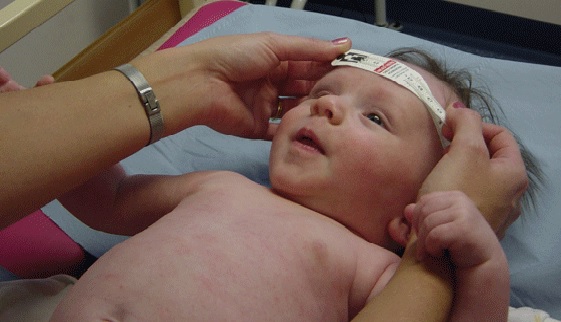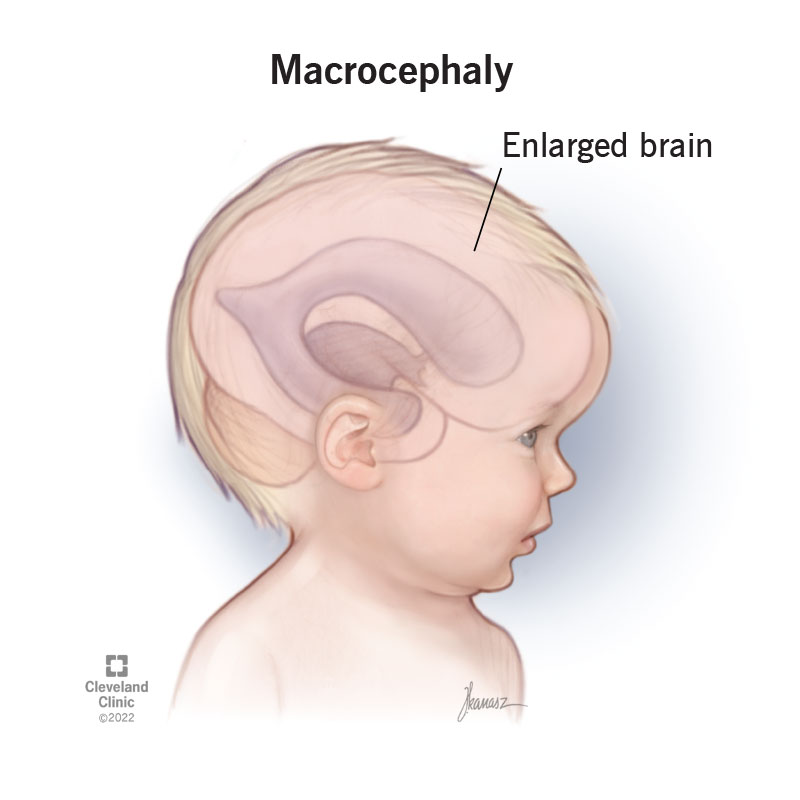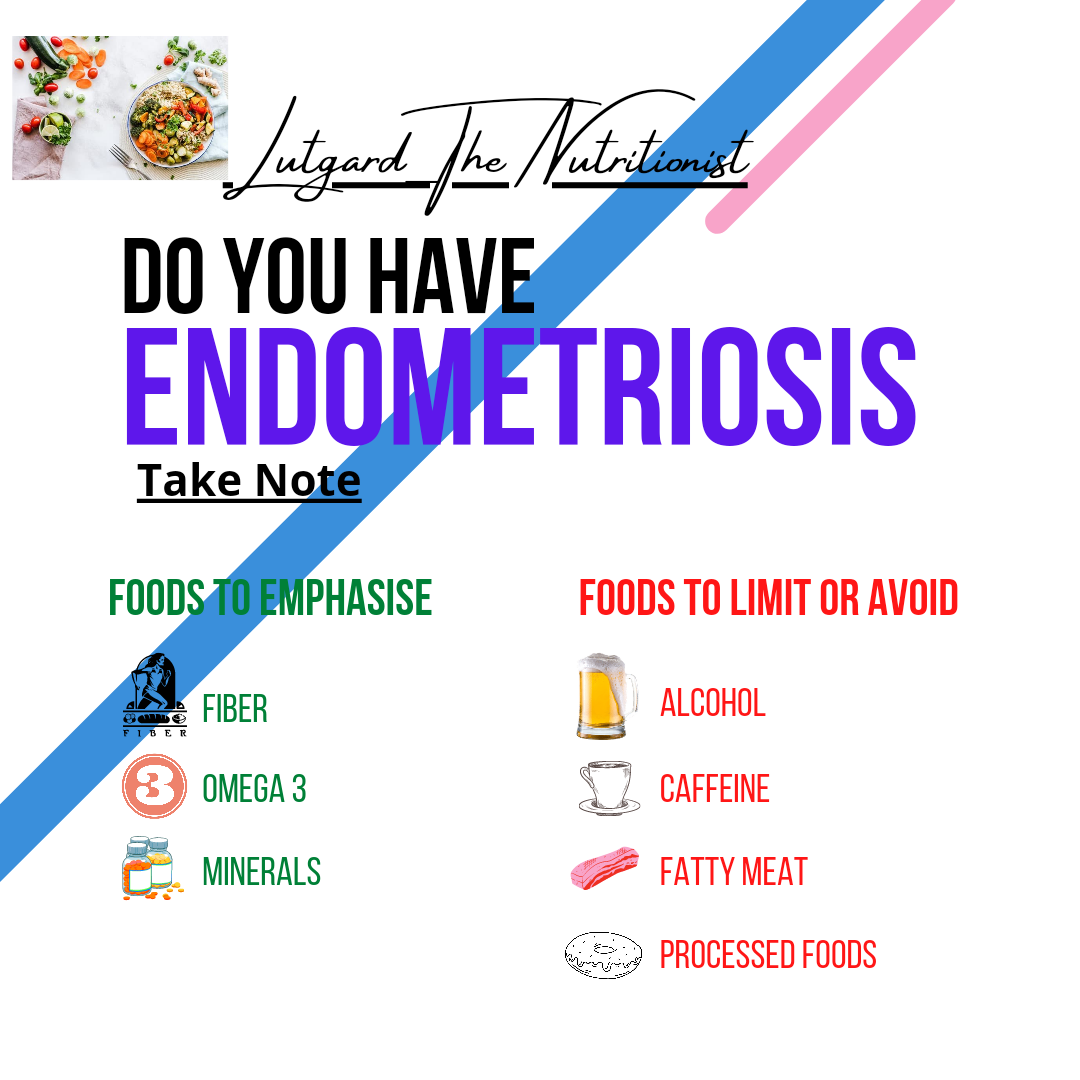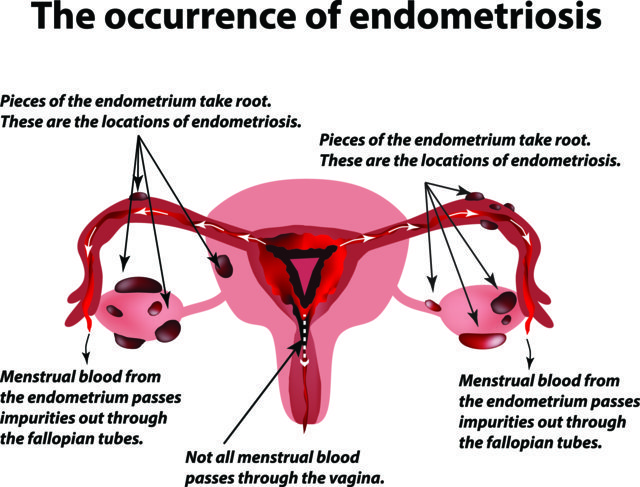Measure of the head circumference is not as popular as the measurement of weight and height in very many communities. We have got to appreciate the importance of the measurement of our children’s head’s circumference during growth assessment just like we do for weight and height. Head circumference is a measurement of a child’s head around its largest area. It measures the distance from above the eyebrows and ears and around the back of the head.

What is the importance of measuring head circumference?
Measuring and monitoring the head circumference is as important as the weight and height measurements routinely done. Measuring head circumference is a quick, non-invasive method of determining if an infant’s head size is too large (macrocephaly) or too small (microcephaly). Early identification of head circumference concerns can be a critical first step in identifying disorders.
I need to point out clearly that there is more to measuring head circumference than we see. Although head circumference measures skull size, it typically also reflects overall brain volume. The growth of the skull is determined by brain growth.
Did you know the greatest brain growth happens between birth and five years of age? What this means is that measuring the head circumference is a quick and simple way as earlier mentioned of determining if the child’s brain is growing and developing normally. Rapid brain growth in children is expected from birth to 2 years and thereafter up to 5 years, a slow growth.
When head circumference measurements are taken, they are compared with normative growth curves. Serial head circumference measurements are extremely important in monitoring infant health as measurements outside of normal values is an important indicator for cognitive and motor delays worth checking out when it is still early.
Where is the risk?
A head size larger than what is typical for the age (according to the normative growth charts) or when it is increasing in size faster than expected, is concerning. It is impossible to see this with your naked eye the reason why measurements are key.
If a big head size is visible to you, chances are it has already done too much damage. This condition (larger head size) is what we call macrocephaly (large head). When the cause of the large head size is the extra fluid surrounding the brain, we call it hydrocephalus. It can also be caused by other conditions like bleeding in the child’s brain, overgrowth of skull bones, brain infection, abnormal head size to mention but a few. It is therefore important to catch whatever is causing it when it is still early.
A head size smaller than what is typical for the age or when growth is slower than expected, we refer to it as microcephaly. This places infants and young children at risk for delayed motor and cognitive development. It is key to note that children born with low birth weight or born prematurely will have a smaller than average head size until they catch up. Other conditions that may cause microcephaly include genetic syndromes, environmental teratogens, or structural brain anomalies. Disabilities like cerebral palsy, infections like Zika virus in pregnancy, genetic disorders like Downs Syndrome, and severe malnutrition will cause microcephaly.
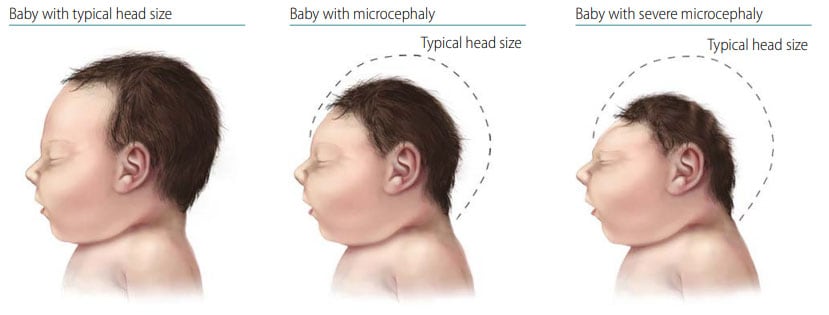
When a child is not growing as expected, it may be very easy to tell by noticing their weight drop and you can quickly have it checked out. Dealing with brain development (head size growth) because chances are by the time it is noticeable to you, it is probably in a state where major damage has been done yet we can prevent or at least lessen the severity.
Dear parent, the next time you are taking your child for routine assessment, you can ask for your child’s head circumference to be taken. It is better to be sure than sorry.
I wish you the best of luck. Do not forget to share this with someone who needs it.
See you next Wednesday

